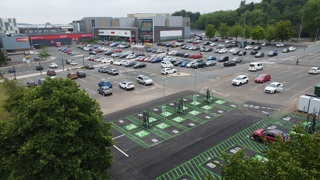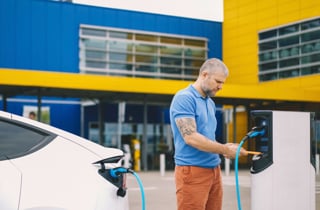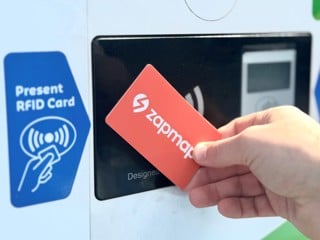The cost of electricity from fast chargers on the public network is pricing some fleets out of adopting battery electric vehicles (BEVs), says the Association of Fleet Professionals (AFP).
For fleets whose drivers do not have access to home or depot charging, AFP chair Paul Hollick says that the pence per kWh price can make running costs unsustainable.
“We’re looking at a situation where using a public charger on the motorway might be 80 pence per kWh compared to perhaps a quarter of that or even less for people who have a charger on their drive,” he explained.
“It’s a difficult situation. If you have drivers who live in a terraced house or an apartment so can’t install a charger at home, and who don’t often visit a location with car park or depot charging, then there is no choice but to use retail charging and it is exponentially more expensive.”
The total cost of ownership (TCO) argument for BEVs is based around low-cost charging. “Electric cars and vans are relatively expensive to buy, and residual values remain difficult to predict, but operators should be able to at least partially balance this out with low charging costs,” Hollick continued.
“Where this isn’t possible, some fleets are simply finding themselves priced out of electrification.”
The situation is also unlikely to change until on-street charging infrastructure is dramatically improved, according to Hollick.
“More and more, it feels as though massively improved public infrastructure is the number one element that would help EV adoption,” he said.
“Not only would widespread low-cost on-street charging help fleets with affordability, but it would mean that day-to-day operation of electric vans would become more viable for many fleets by providing overnight facilities.
“It would also bring a potentially significant boost to the used EV market.”
Hollick believes that we could soon find used electric car values fall to a point that they are opened up to a much wider range of buyers, but that the charging options open to them are limited.
“Unless people can charge economically, they are understandably unlikely to buy,” he added.
“Really, what we want to see is a massive increase in on-street charging happen very rapidly and this is something that we would very much urge whichever Government is elected this year to examine.
“Also, at the AFP, we’ve been working hard on mapping areas where charging is most required, and there are clear opportunities for fleets to work with local authorities who are accessing centralised Local Electric Vehicle Infrastructure Funding. There is the potential for change to happen quickly with a constructive approach.
“It does need to feel as though things are happening on the ground much more rapidly than is now the case. There needs to be visible, nearby, low-cost EV charging for all.”






















Login to comment
Comments
No comments have been made yet.